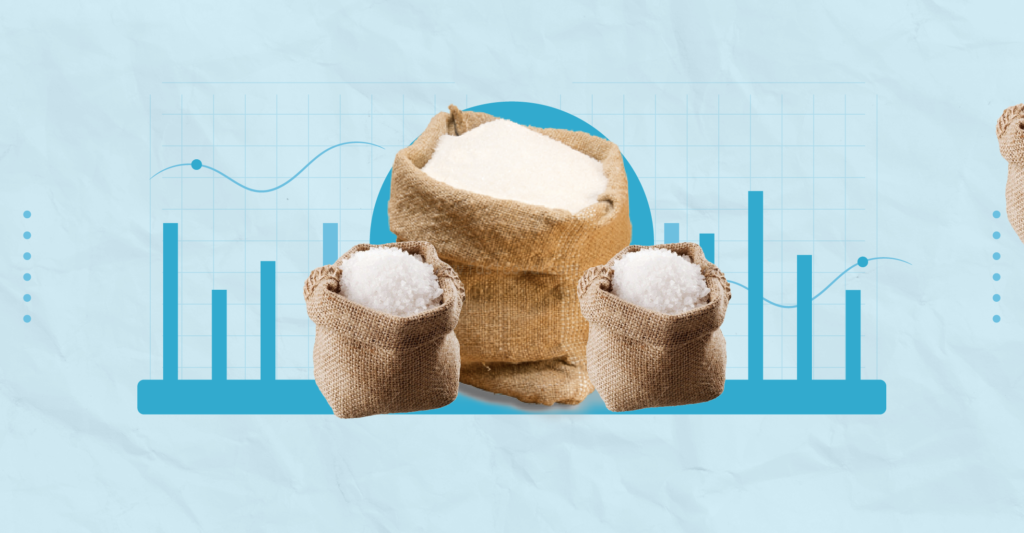Mohd Fahad
Due to the rising prices of sugar, the economics of food production brands to even household kitchens all over the world has deteriorated. Owing to the huge difference between supply and demand, the price of sugar has reached its highest level in 12 years. The impact of the ‘not so sweet’ inflation has eclipsed both developing and developed nations alike.
The steep rise in the price of sugar caused by global warming is affecting the market of cookies and candies. Global sugar costs have reached their highest level since 2011. Crops are at increased risk due to low production rates in India and drought in Thailand. Both these countries are the largest exporters of sugar after Brazil. Due to drought and less rainfall, there has been a decline in the production of sugar in India as well as in Thailand. Due to this the prices of sugar are increasing. Whereas, there has been a bumper production of sugar in Brazil. Despite this, the price of sugar is increasing in the international market.
Fear of price rise to higher levels
Rising global temperatures are increasing droughts and other extreme weather. The prices of chocolates, sweets and other sweet products have already started rising. According to the US Department of Agriculture, local consumers see prices for sugar and sweeteners increasing by 8.9 percent in 2023. Whereas this year it is expected to increase by 5.6 percent, which is much above the historical average. Many chocolate manufacturing companies had indicated that chocolate would become expensive in November last year due to high prices of sugar and cocoa.

There are a few major causes of inflation when it comes to candy. Sugar prices have increased 17% since last September due to supply chain issues and lower sugar beet production. Sugar beet production in the United States and around the world was down in 2022 due to a number of factors ranging from weather to labor and costs. Because sugar beets required large amounts of fertilizer, which was more expensive than usual, some farmers planted less. Issues such as heavy rainfall, delay in contract talks, summer hailstorm and rising production costs led to lower sugar prices.
Problems increased due to export limits
Even though big companies have different reasons for increasing prices, the impact of climate change cannot be dismissed, say experts. Extreme weather affected avocados last year, this time it’s sugar’s turn. The imposition of an export limit by sugar producing countries to maintain their stocks and port bottlenecks in Brazil have led to increased production problems, impacting exports.
Overall, worldwide food inflation could hit as much as 3% a year by the 2030s due to the climate crisis if major adaptive work is not undertaken, a working paper by the European Central Bank stated last year. The current price shock under way with sugar is a reminder that previous assumptions about food production will have to be discarded and replaced.
Prices will affect nutrition
People in developing countries, particularly those who rely on sugar to supplement their daily calorie intake, will be hit hard by higher prices. Sugar is a useful calorie source for poor countries such as sub-Saharan Africa. Their consumption rates are quite low, but high prices can impact nutrition in these countries as many nations are facing starvation and high undernutrition rates.
Brazil – 37.0
India – 35.5
Thailand – 11.0
China – 10.4
America – 7.6

